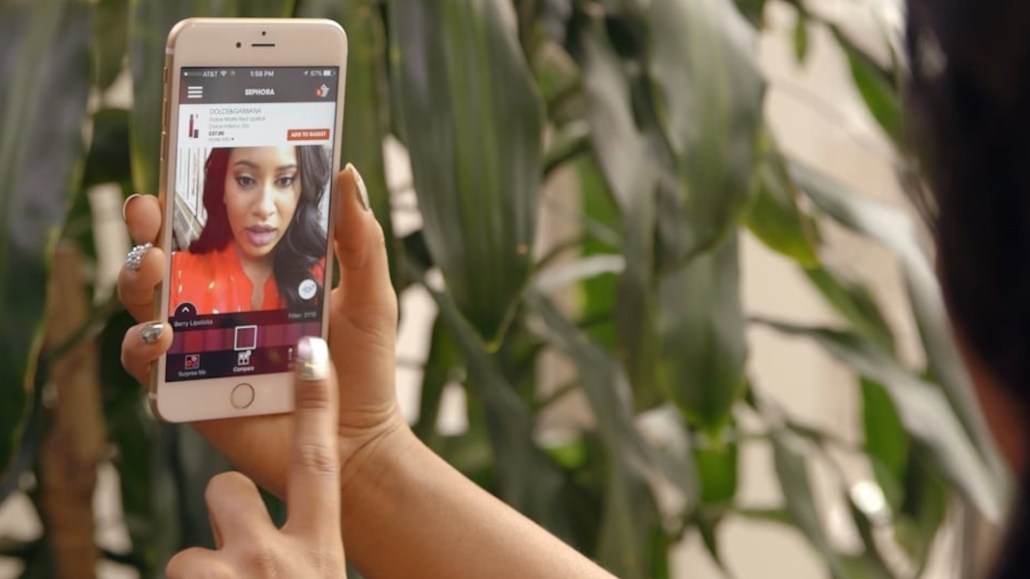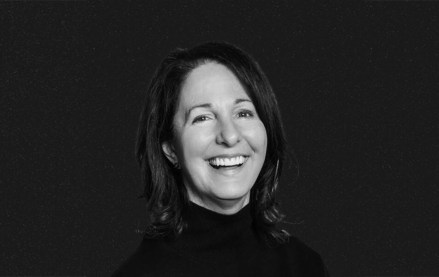
Bridget Dolan and her team at Sephora’s Innovation Lab, based in San Francisco, were a year into developing a new virtual reality tool for the retailer’s mobile app when the technology used to power the experience saw a breakthrough.
“When it comes to augmented and virtual reality, it can only be successful if it’s truly useful,” said Dolan, Sephora’s head of innovation. “We weren’t interested in just buzzy. A lot of things like technical accuracy and timing had to come together, and there was a time last year when, during testing, we hit a tipping point.”
Sephora’s team and its technology provider, augmented reality platform ModiFace, had pushed facial recognition technology to a new point of sophistication. After months of development, the technology can break down one virtual makeup application into a step-by-step layering process, while maintaining critical accuracy and reaching mass scale.
More in Marketing

Ad Tech Briefing: Start-ups are now table stakes for the future of ad tech
Scaled ad tech companies need to maintain relationships with startups, when the sector is experiencing ongoing disruption due to AI.

Inside Kristi Argyilan’s RMN playbook: Lessons from the ‘godmother’ of retail media
Uber’s global head of advertising Kristi Argyilan says the future of retail media hinges on real-time relevance, brand differentiation, and breaking free from a one-size-fits-all playbook.

Digiday+ Research: More than half of marketers invest in TV and streaming, with an eye on impressions and branding
The majority of marketers are directing ad spend toward TV, with a focus on ads that drive impressions and branding.








